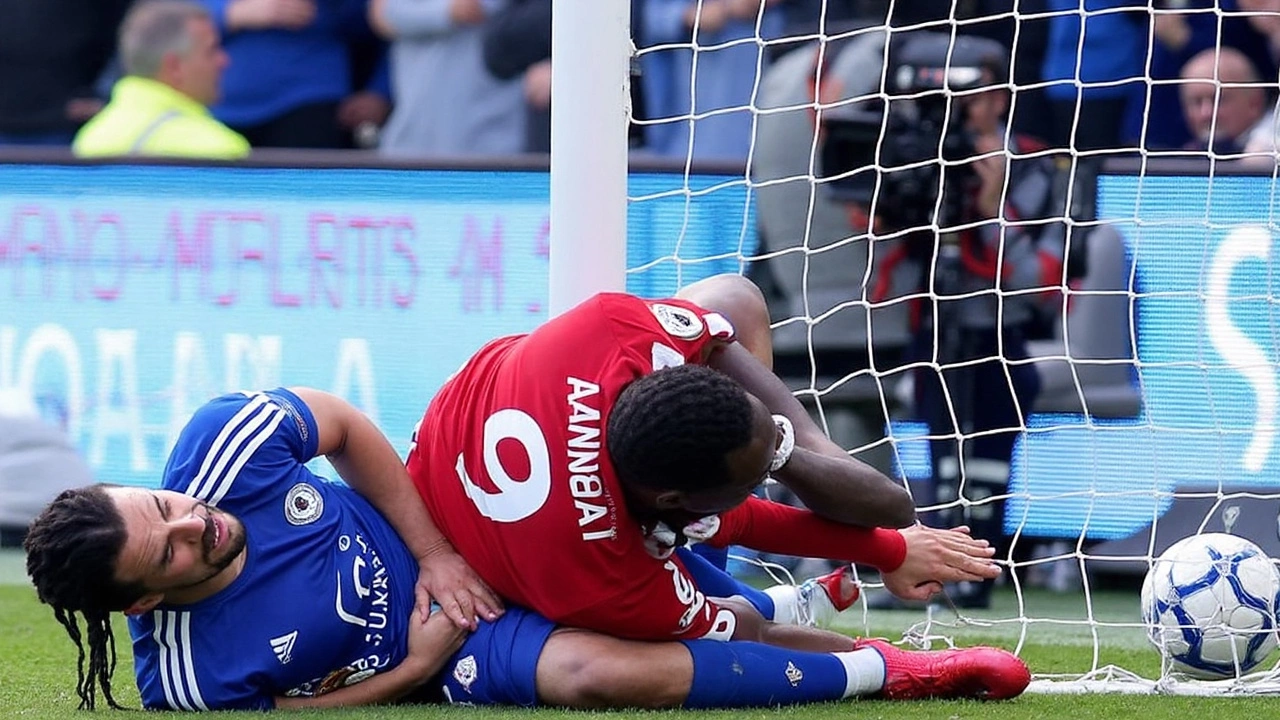Abdominal Injury: What You Need to Know
Got a pain in your belly after a fall, a sports hit, or a car crash? That could be an abdominal injury. It’s not something you want to ignore, but you don’t need a medical textbook to understand it. We’ll break down the basics so you can tell if you need help and what to do next.
What Causes an Abdominal Injury?
Most abdominal injuries happen when something hits your mid‑section hard. Common causes include:
- Sports collisions – football tackles, rugby scrums, or a bike fall.
- Car or bike accidents – the seat belt or airbag can push against your stomach.
- Falls – slipping on a wet floor or falling down stairs.
- Work‑place mishaps – lifting heavy boxes or getting struck by equipment.
Even a strong cough or a sudden twist can strain the muscles around your belly, leading to a mild injury. The key is the amount of force and where it lands.
Spotting the Symptoms
When your abdomen is injured, you’ll usually feel one or more of these signs:
- Sharp or throbbing pain, especially when you move or press the area.
- Swelling or bruising on the skin.
- Nausea, vomiting, or feeling queasy.
- Changes in bowel habits – you might be constipated or have diarrhea.
- Difficulty breathing deeply because the pain makes you hold your breath.
If any of these show up after a hit, it’s a good idea to get checked out. Some injuries, like a torn organ or internal bleeding, need urgent care.
First‑Aid Steps You Can Take
Don’t panic, but act quickly. Here’s a simple plan:
- Stop the activity. Sit or lie down in a comfortable position.
- Apply cold. A bag of frozen peas wrapped in a towel for 15‑20 minutes can reduce swelling.
- Don’t press hard. Light pressure is okay, but avoid deep massage.
- Take over‑the‑counter pain relief. Ibuprofen or acetaminophen can help, unless you have a medical reason to avoid them.
- Watch for red‑flag signs. Fever, fainting, blood in vomit or stool, or worsening pain means you need a doctor right away.
These steps won’t fix a serious injury, but they’ll keep things from getting worse while you arrange professional help.
Getting Professional Help
When you see a doctor, they’ll likely do a physical exam and may order imaging tests like an ultrasound or CT scan. These pictures show if any organs are damaged or if there’s internal bleeding.
Treatment depends on what they find. Minor muscle strains often heal with rest, gentle stretching, and physical therapy. More serious cases, such as a ruptured spleen, might need surgery.
Recovery Tips for a Faster Comeback
After you’ve got a plan, follow these tips to get back on your feet:
- Rest the area. Avoid heavy lifting or intense sports for at least a week.
- Stay hydrated. Fluids help tissues heal faster.
- Eat a balanced diet. Protein, vitamins C and D, and zinc support tissue repair.
- Do gentle movements. Light walking and stretching keep blood flowing without stressing the belly.
- Follow up. Keep any appointments so the doctor can track your healing.
Most people feel much better in a few weeks. Patience is key – pushing too hard can set you back.
When to Be Extra Cautious
If you have a history of abdominal surgeries, a bleeding disorder, or are on blood thinners, treat any new pain seriously. Even a small bump can cause problems that need special attention.
Bottom line: an abdominal injury can range from a tiny muscle strain to a life‑threatening bleed. Knowing the causes, spotting the symptoms, and acting fast will keep you safe and get you back to normal quicker.





